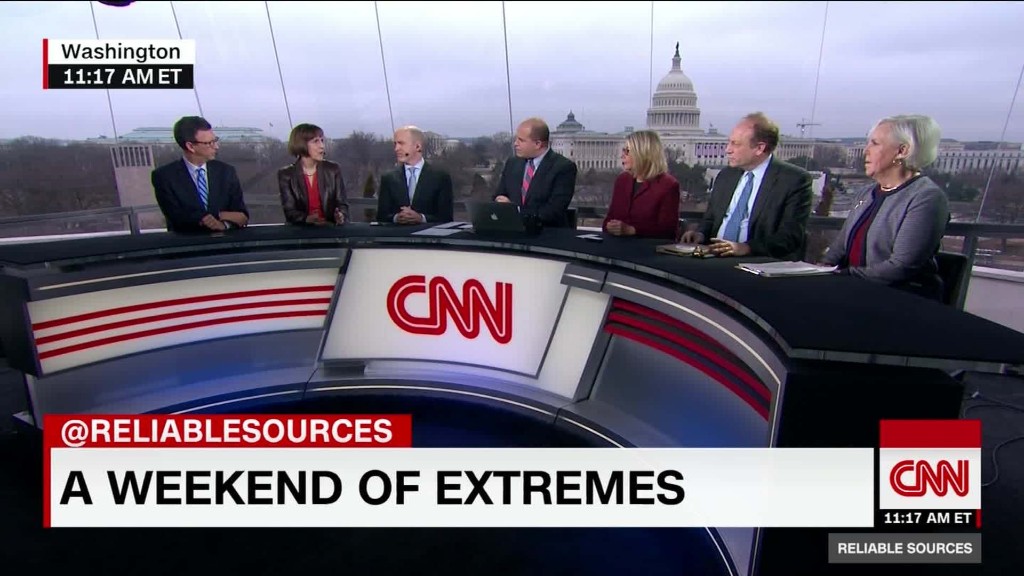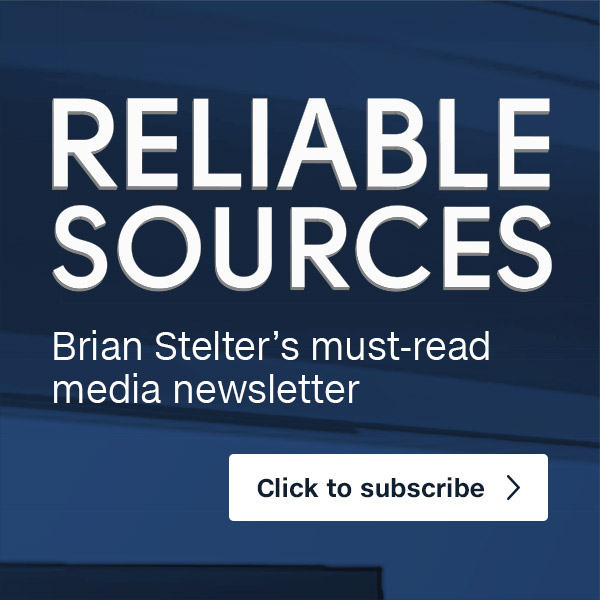
Donald Trump isn't just president: He's playing the part, masterfully.
Trump's daily schedule is packed with meetings that double as photo ops -- on Monday, six in a single day -- reinforcing his administration's message about getting to work and overturning Obama administration policies.
Trump cares deeply about visuals, knowing that sometimes pictures speak louder than words. Sometimes he even narrates what he's doing to the camera crews, acting as both the star and director simultaneously. The new president is back in his element, hosting a show, this time not in the "Apprentice" boardroom but in the Oval Office.
"He wants to let his constituents know he is on the job," said Martha Joynt Kumar, a professor who studies presidential communications. "Seeing him sign executive orders and memoranda, hold meetings with business and labor leaders let them know that no matter what reporters say about him, they can see he is on the job."
Actually putting his new policies into effect will be difficult and time-consuming. Creating the pictures is relatively easy.
But it can still be treacherous. A photo of Trump signing an anti-abortion executive order with men hovering behind him was sharply criticized and mocked on Monday. The absence of any women was pointed out by writers like The Guardian's Rhiannon Lucy Cosslett, who wrote that "this photograph is what patriarchy looks like -- a system of society or government in which men hold the power and women are largely excluded."
The next day, members of the press corps noticed a change: two of Trump's female aides, Kellyanne Conway and Hope Hicks, stood behind him during another Oval Office signing session.
Wednesday will be another busy day for both Trump and the camera crews. He is visiting the Department of Homeland Security, sitting down for his official portrait, and taping his first television interview since Inauguration Day.
The interview, with ABC's David Muir, will air Wednesday night. If history is any guide, he may tweet a tune-in reminder to his followers.
Trump's habit of talking like a TV programmer is now evident at the White House. One of his Wednesday morning tweets read like a reminder to set your DVR for a much-anticipated new show. "I will be making my Supreme Court pick on Thursday of next week," he wrote.
One of his administration's first self-inflicted wounds was essentially a fight over a photo. On Saturday Trump was incensed by news reports showing that the crowds for his inauguration were relatively paltry compared with the crowds for President Obama's first swearing-in. The administration presented its own photos that made Trump's crowd look more impressive.
Sunday brought two photo ops at the White House, and Monday brought six. The so-called media "pool" of reporters and photographers were ushered in and out of five meetings, two of them with Congressional leaders, two with union leaders, and one with business leaders. The sixth event was a ceremonial signing of executive orders.
These are known as "pool sprays" because the photojournalists come in and "spray" the room, capturing as much as possible in the short amount of time allotted.
In one case, Trump embraced the power of the Oval Office visual by inviting the union leaders to stand with him around his desk. Those visitors weren't scheduled to go into the Oval Office at all.
Sean McGarvey, president of the North America's Building Trades Union, said afterward that it was "nothing short of incredible."
Jeff Mason, the president of the White House Correspondents Association, credited the administration with robust access to Trump's meetings.
"There have been multiple pool sprays, which is encouraging," he said Monday night. "We still have many issues to work on, but that was a positive step."
There were two more such sessions on Tuesday.
And in at least one case when there was no pool spray, the White House put out its own photo of Trump at work.
Scott McClellan, one of George W. Bush's White House press secretaries, called it "a small, fairly painless way to help build good relations with the White House press corps by providing additional access."
"You may sacrifice control over the images that the media uses, but the benefits of access, press relations and message reinforcement outweigh potential risks," McClellan said.
Television newsrooms and newspaper photo departments particularly appreciate the access. But the "message reinforcement" also presents quandaries for journalists because the photo ops provide little information.
In some cases the pool has been brought in to observe Trump signing executive orders, but then hours have passed before the White House has provided the actual text of the orders.
Strategic leaks to news outlets further amplify the message of the executive orders -- one was about taking steps to repeal the Affordable Care Act, for example -- without giving journalists anything specific to scrutinize.
Leaks are also one way to change the subject away from negative stories like Trump's unfounded belief in widespread voter fraud. Trump's Twitter feed is another way to change the subject.
Part of Trump's White House show involves watching and reacting to television segments, like a Tuesday night "O'Reilly Factor" segment about violence in Chicago.
Some Obama aides have a begrudging respect for Trump's awareness of the power of pictures. In exit interviews, Obama repeatedly faulted himself for sometimes failing to communicate his administration's actions effectively.
But there's also a more cynical view of Trump.
Arun Chaudhary, who was Obama's first in-house videographer, said Obama spent a "decent chunk of time" on photo ops, and Trump, "who seems to have less of a desire to firmly grab the rudder of state, will have lots of time and energy and patience for stage managed events from the White House in front of plenty of cameras."
"The press will love him for it, as much as they might pretend otherwise," he said, "because it will help them sell advertising."


